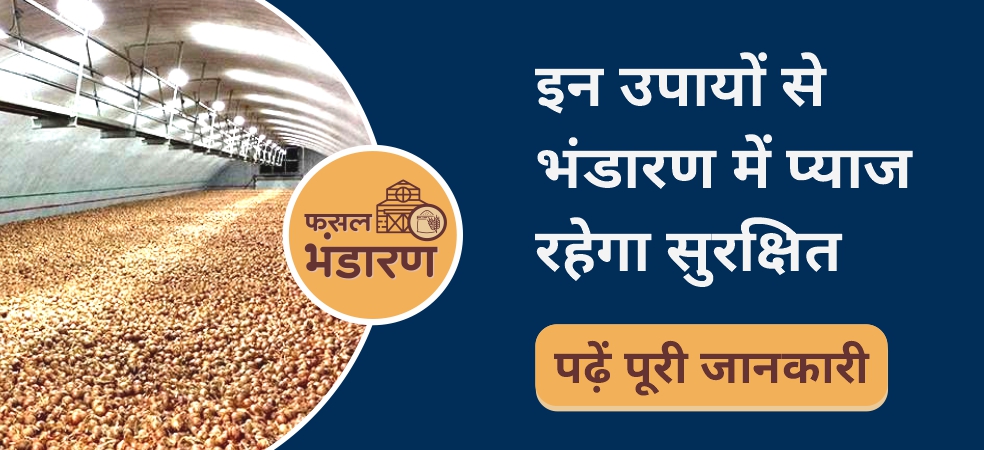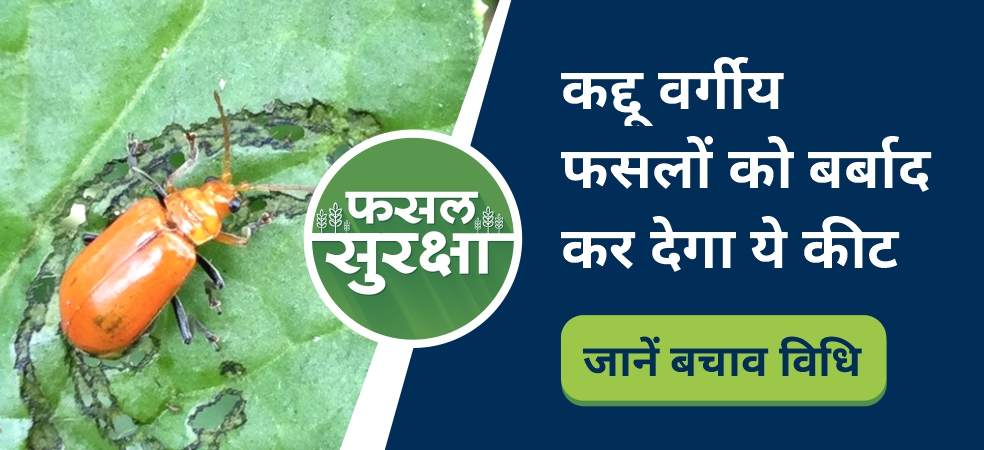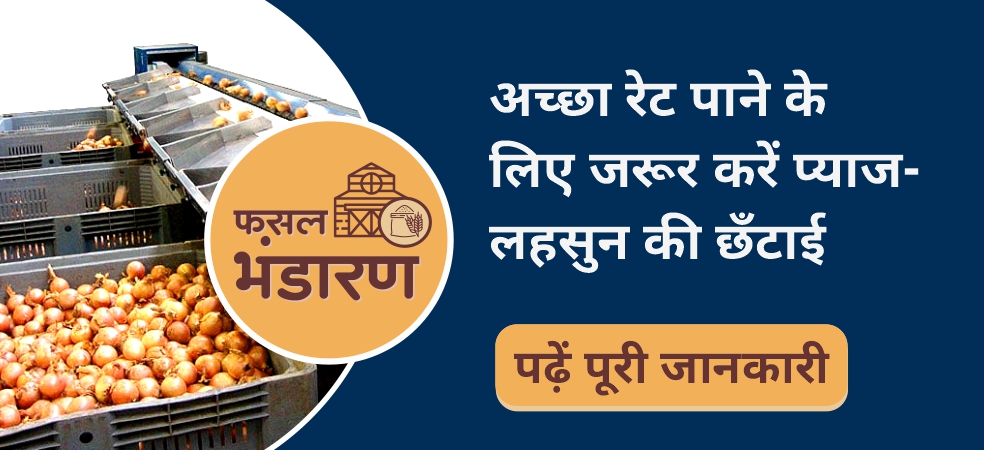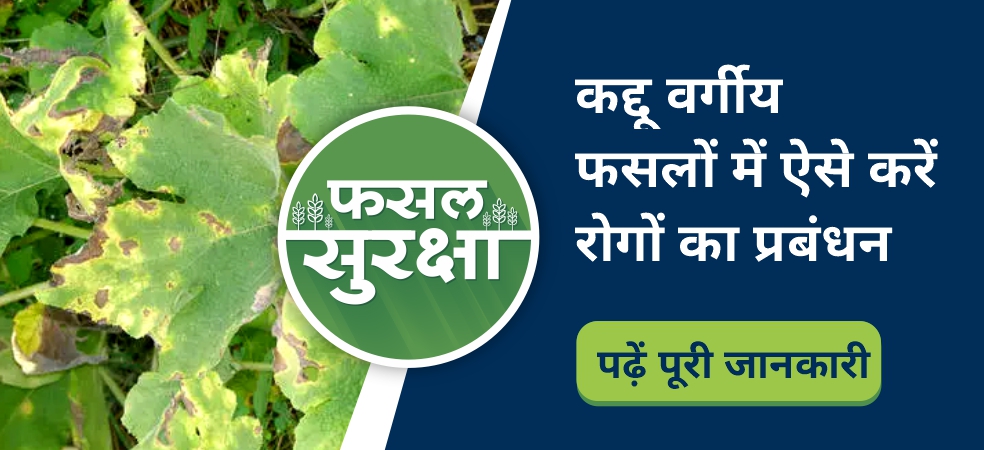-
In the areas where the sowing of moong has been delayed, mainly the crop is still in the stage of 25-30 days. At this time, outbreaks of insect and fungal diseases, and problems related to growth and development are generally seen.
-
To solve all these problems, it is very necessary to do crop management in moong crop in 25-30 days. For this, you can adopt the following recommendations –
-
Insect infestation: Spraying of Bifenthrin 10% EC [Marker] @ 300 ml/acre with Emamectin Benzoate 5% SG [Emanova] @ 100 gm/acre to control pest infestation.
-
Use Beauveria bassiana [Bave Curb] @ 250 gm/acre as a biological control.
-
Fungal diseases: To prevent fungal diseases, spray Thiophanate methyl 70%W/W [Milduvip] @ 300 gm/acre.
-
As a biological control, Pseudomonas fluorescens [Monas curb] @ 250 gm/acre can be used.
-
For good flower growth and development in moong crops, it is beneficial to use Homobrassinolide [Double] @ 100 ml/acre as a spray.
ShareFor more such important information related to the agriculture sector, keep reading the articles of Gramophone daily. If you liked today’s information, then do not forget to like and share.










